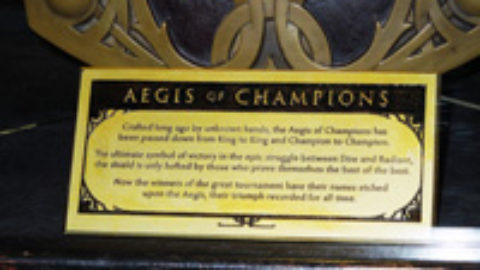Be strong, buck-up, ice-water in the veins, push through the pain, from boys to men – that is the traditional message. It is accentuated for men or women athletes, soldiers and business leaders. Projecting strength is protection from becoming prey for the wolves, sharks, and other alpha dogs.
No one wants to work for or be perceived as a weak leader. Current authoritative word on the street, however, is that strength, while an important leadership trait, is simply inadequate if not balanced by warmth.*
Just a month before that article, the June 2013 issue of Inc. magazine focused on Traits of True Leaders. The overall theme was that worldwide, those led are expecting their leaders to demonstrate higher levels of traits that are traditionally considered female. The list includes empathy, vulnerability, humility, inclusiveness, et al.
One article suggests that US business is moving into The Age of Nurture exemplified by Tony Hseigh – Zappos, David Neeleman – JetBlue and John Mackey – Whole Foods. Can’t argue with the results of those companies, but that is also true of GE under Welch (Age of Autocracy), or Starbucks with Howard Schultz at the helm (Age of Empowerment).
Thoughtful, research based perspectives make good sense, yet I am reminded of a phrase that Collins and Porras coined in one of their books, “Avoid the tyranny of the “or,” embrace the opportunity of the “and.”
Here are a few common leadership tensions where the opportunity of the “and” is powerful and the ability to move seamlessly from one to the other is essential.
Harmony and Disagreement – It is good when team members get along well and enjoy working together. Bad when disagreement causes derailment. Worse when there is no disagreement. Smart people see things differently. If no one disagrees with the leader or colleagues, something is broken. Opportunities for growth and improvement are being missed. Too nice is as dysfunctional as disrespect.
Superman/woman and Facilitator – Being a leader with the knowledge, experience, and power to solve a serious problem is critical to the success of your company. It’s also fun, and the accolades are rewarding. While important and sometimes the essential thing to do, be mindful for opportunities for others to learn and grow. In such cases, being the facilitator/coach has high value to the business. Remember a primary leadership accountability is to grow more leaders and build capacity for others to lead through the next turn.
Comfort and Discomfort – I know many leaders who are happy in their jobs, feel good about their contributions, are satisfied with their lives and not comfortable. They may be comfortable in that they have the capability to do as expected, a level of authority appropriate to their accountability and the degree of autonomy that suits them. They are uncomfortable because there is always more to do, challenges to pursue, things to learn, and adventures to take. Comfort conveys status-quo… coasting. Still, take time to be comfortable and satisfied with accomplishments and those of the team. Stop and celebrate. The dragon will be there tomorrow.
Positional Authority and Power of Connection – Someone is in-charge and everyone knows who it is whether top floor or shop floor. The power of that authority is essential at times to open bottle-necks, create clarity and demonstrate courage. A business is not a family, but it is a community. When serving others is the intention behind the use of positional authority, relationships are strengthened. Personal success, career success, leadership success and business success are all strongly tied to the quality of these relationships. And strong relationships are vital to leadership success.
Strength and Warmth – Consider strength as visible competence well applied. In the absence of competence some use fear/intimidation as a tool to influence. Those who do so may get temporary compliance, but not commitment. People will commit to a mission with a strong, smart, decisive, visionary leader who they know cares about them. Discretionary effort has to be earned and it doesn’t come from people who are simply instruments of production. How well do you know the people who depend on your leadership?
On a personal note, last Monday I held my new granddaughter in the first few hours of her life. I think about the responsibility we all have to provide her strength and warmth. It is indeed humbling.
* See Harvard Business Review, July – August 2013





The two points that struck a cord with me were discomfort/comfort and harmony/disagreement. I like when things are going smoothly but if we are going to work with people , challenge them to be better and leave the door open to communication disagreement and discomfort will show up. Well it does for me. As with most things like this, it’s not about the person who I seem to be blaming at the time, it’s about the beliefs and paradigms in my life that cause reaction in me. Time for coffee…have a great day. Rene
Thanks for the note Rene. Yes, getting good at looking in the mirror is a challenge for many. I’ll reach out when in CA. R